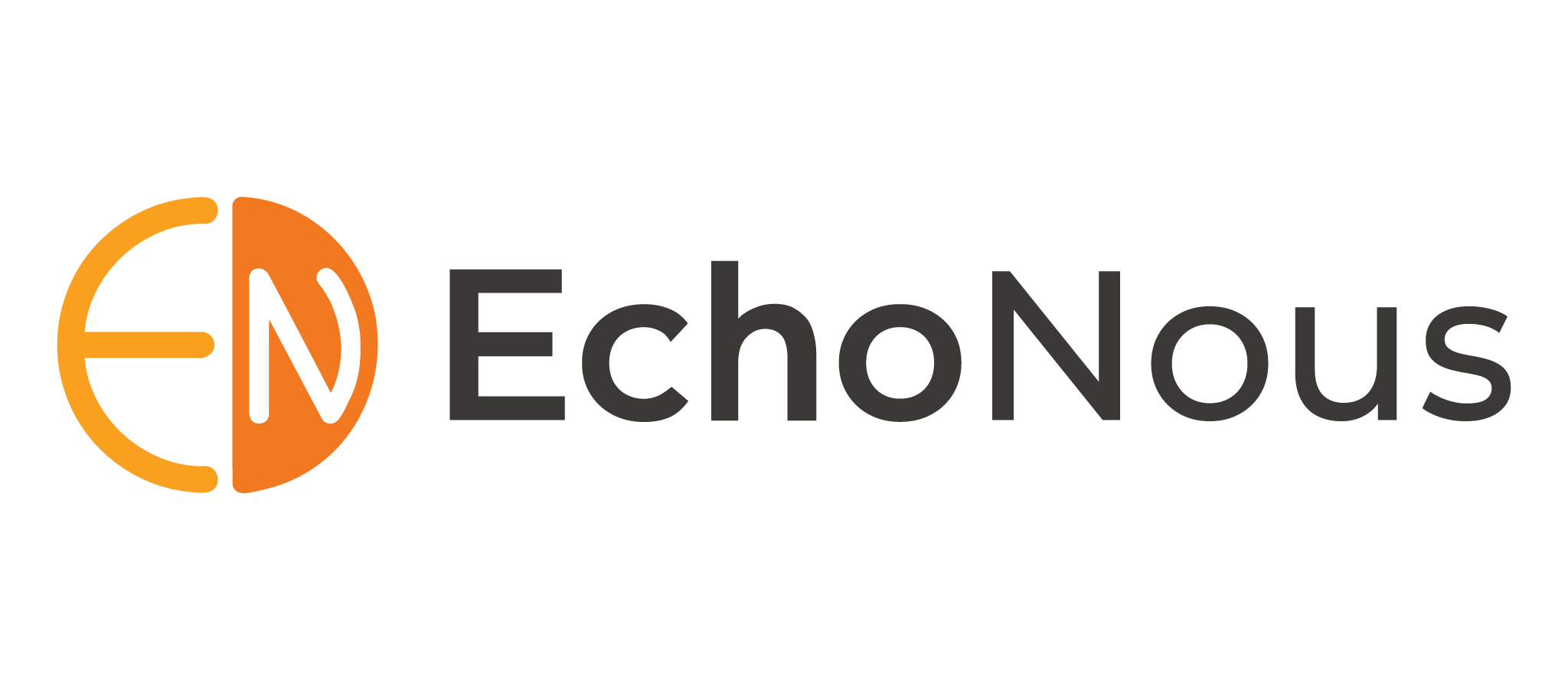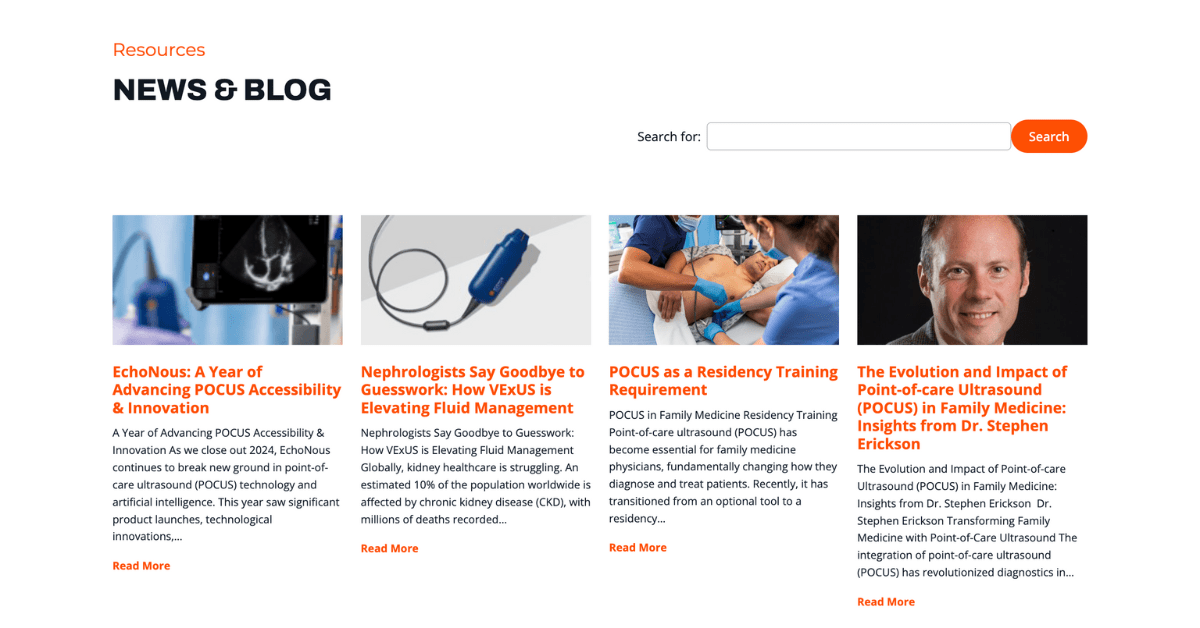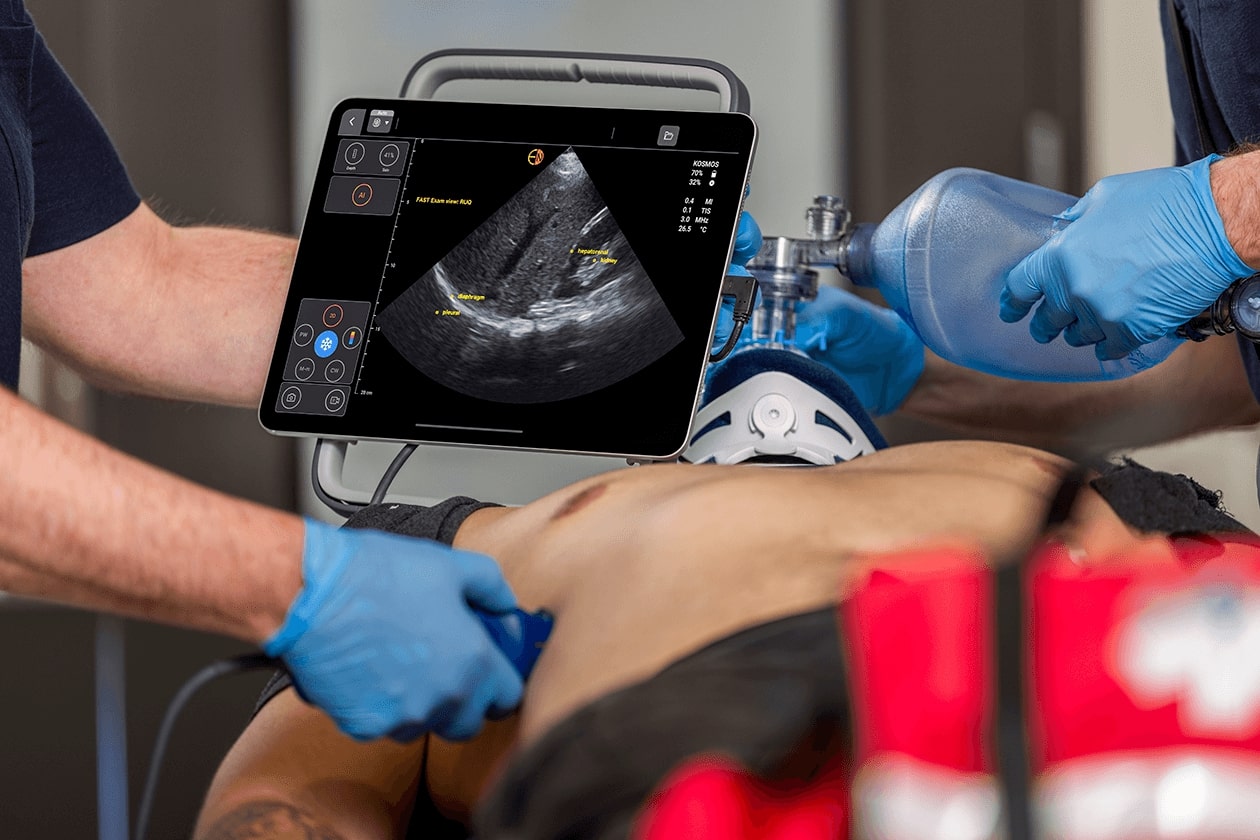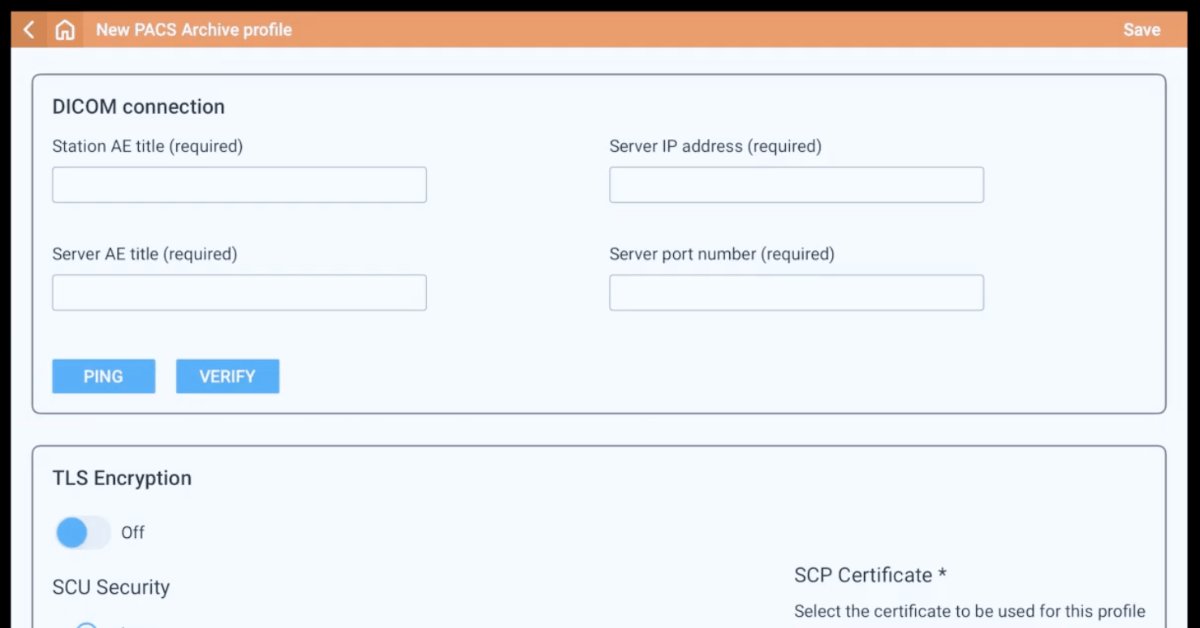What are the Different Types of Ultrasound Gels and Disinfectants?
Point-of-care ultrasound (POCUS) has revolutionized medical imaging, offering rapid, non-invasive insights into patient health. But even the most advanced ultrasound equipment, like Kosmos by EchoNous, needs a reliable sidekick to perform its best: ultrasound gel. Without it, those sound waves can’t make their way smoothly between the transducer and the skin. Let’s explore the types of ultrasound gels, their impact on image quality, and how to keep your probes clean and imaging sharply!
Key Takeaways
- Ultrasound gel is critical for eliminating air gaps between the transducer and skin, ensuring clear images
- Medium to low viscosity, multi-purpose, and ultrasound lotion serve unique roles in diagnostic and therapeutic imaging
- Homemade alternatives like aloe vera or cornstarch-based gels can work in low-resource settings
- Disinfecting probes ensures hygiene and image quality
- Proper gel choice and probe care maximize the effectiveness of POCUS tools like Kosmos
Table of contents
The Purpose of Ultrasound Gel
Why Gel Matters
Ultrasound gel ensures the ultrasound waves pass efficiently from the transducer into the body. Eliminating air gaps creates a seamless pathway for sound waves, delivering clear, high-resolution images. Research confirms that gels like S1, developed with natural ingredients such as aloe vera, produce images comparable to commercial gels (1,2).
Improvising When Necessary
In low-resource settings or emergencies, aloe vera or cornstarch-based gels can act as effective substitutes. Studies have shown that homemade cornstarch gels provide image quality on par with commercial options (3,4).
Types of Ultrasound Gels
Traditional Commercial Gels
- Best For: Routine imaging in healthcare settings.
- Advantages: Reliable and widely available.
- Impact on Image Quality: Excellent but may degrade if the gel dries out (1,5).
Polymer-Based Gels
- Best For: Cost-effective alternatives.
- Advantages: Made with carbopol and aloe vera for safety and performance.
- Impact on Image Quality: Comparable to commercial gels (1,6).
Medium to Low-viscosity Gels
- Best For: Routine diagnostic imaging.
- Advantages: Easy to apply, spreads evenly, and reduces air bubble formation.
- Ensure proper application to prevent drying out during longer procedures.
Multi-Purpose Gels
- Best for: Both diagnostic and therapeutic uses.
- Advantages: Adaptable across different imaging requirements, ensuring consistency and efficiency.
- Impact on Image Quality: Comparable to specialized gels, these maintain reliable performance (6).
Ultrasound Lotion
- Best for: Long-duration therapeutic imaging.
- Advantages: Lotion-like consistency prevents it from drying out quickly, offering prolonged use.
- Impact on Image Quality: Excellent skin adhesion enhances image clarity over time (7).
Homemade Alternatives
- Examples: Cornstarch-based gels, glucomannan, and guar gum alternatives.
- Best For: Resource-limited settings.
- Advantages: Cost-effective, safe, and provide comparable image quality to commercial products (6).
Soft Solid Gels
- Best for: Extended imaging sessions.
- Advantages: Prevents drying, reusable after disinfection. And adheres well to the skin.
- Impact on Image Quality: Consistent Imaging results (7).
Hydrogen-Based Gels
- Best for: Specialized applications like intraoral imaging.
- Advantages: Enhanced mechanical properties and biocompatibility.
- Impact on Image Quality: High precision for specific uses (8,9).
Gel’s Role in Image Quality
High Viscosity Gels for Precision
Impact: Superior air gap reduction and sharper resolution, especially for detailed diagnostics.
Low Viscosity for Convenience
Impact: Easy application but may dry out, affecting long-term imaging.
The Science of Alternatives
Homemade gels, like cassava flour slurry, offer comparable image clarity in obstetric scans, proving their utility in low-resource environments (5).
Keeping Kosmos Probes Sharp and Clean
The Importance of Clean Probes
Regular cleaning ensures your ultrasound images remain sharp and consistent. Kosmos probes are compatible with the Trophon disinfection system, a high-level solution that eliminates pathogens while protecting probe integrity (8).
Single-Use vs. Multi-Use Gel Packets
Sterile, single-use gel packets are recommended for procedures where infection is a concern, such as endocavitary ultrasounds, to prevent cross-contamination. Non-sterile single-use packets can be used when sterility is less critical, while multi-dose containers are suitable for other situations (10,11).
Tips for Maintenance
- Use Proper Disinfectants: Always opt for approved cleaning solutions like Trophon to avoid damaging sensitive equipment.
- Apply Gel Correctly: Choose the right type for the procedure to prevent air bubbles and image artifacts.
- Store Probes Safely: Protect them from extreme temperatures and physical damage to maintain consistent performance.
- Regular Equipment Inspection: Regular ultrasound equipment inspection and maintenance, including transducers and gels, ensures their performance and prevents infection transmission.
Standardized, evidence-based guidelines for ultrasound disinfection reduce variability and improve infection control practices across healthcare facilities. Enhance your POCUS capabilities by ensuring proper gel use and probe care. Discover how Kosmos by EchoNous simplifies imaging while maintaining the highest hygiene and performance standards.
Learn more about Kosmos and POCUS applications here. Make every scan count!
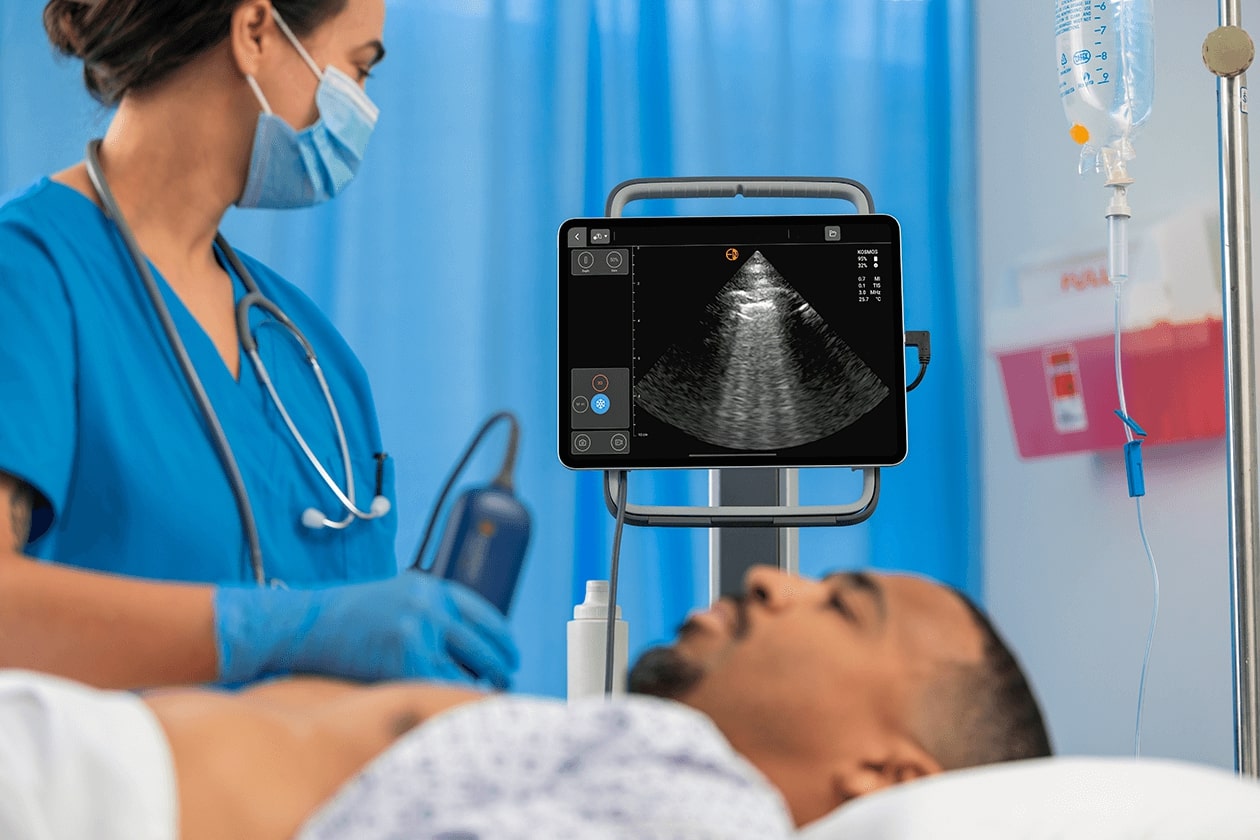
References
- Afzal, S., et al. (2022). Preparation and Evaluation of Polymer-Based Ultrasound Gel and Its Application in Ultrasonography. Gels, 8(1), 42. PMID: 35049577 PMCID: PMC8774352
- Silva Neto, et al. (2024). Comparison of chemical, biological, physical and electrical properties between commercial ultrasound gel and Aloe vera gel. Concilium, 24(20), 146–162.
- Binkowski, A., et al. (2014). Evaluation of a cornstarch-based ultrasound gel alternative for low-resource settings. The Journal of Emergency Medicine, 47(1), e5-9.
- Riguzzi, C., et al. (2017). A randomised experiment comparing low-cost ultrasound gel alternative with commercial gel. Emergency Medicine Journal: EMJ, 34(4), 227–230. PMID: 27986838
- Aziz, A., et al. (2018). Cassava flour slurry as a low-cost alternative to commercially available gel for obstetrical ultrasound: A blinded non-inferiority trial comparison of image quality. BJOG: An International Journal of Obstetrics and Gynaecology, 125(9), 1179–1184. PMID: 29328522
- Cherukuri, A. R.,et al. (2019). Shake No Bake: A Homemade Ultrasound Gel Recipe for Low-Resource Settings. Journal of Ultrasound in Medicine: Official Journal of the American Institute of Ultrasound in Medicine, 38(4), 1069–1073. PMID: 30196569
- Kim, M., et al. (2024). Development of an Artificial Soft Solid Gel Using Gelatin Material for High-Quality Ultrasound Diagnosis. Diagnostics, 14(3), Article 3. PMID: 38337851 PMCID: PMC10855452
- Di Sieno, L., et al. (2019). Systematic study of the effect of ultrasound gel on the performances of time-domain diffuse optics and diffuse correlation spectroscopy. Biomedical Optics Express, 10(8), 3899–3915. PMID: 31452983 PMCID: PMC6701515
- Yi, J., et al. (2020). Polyacrylamide/Alginate double-network tough hydrogels for intraoral ultrasound imaging. Journal of Colloid and Interface Science, 578, 598–607. PMID: 32554142
- AIUM Official Statement: Guidelines for Cleaning and Preparing External- and Internal-Use Ultrasound Transducers and Equipment Between Patients as Well as Safe Handling and Use of Ultrasound Coupling Gel. (2023). Journal of Ultrasound in Medicine: Official Journal of the American Institute of Ultrasound in Medicine, 42(7), E13–E22. PMID: 3665560711.
- Hamm, R. F., et al. (2020). Society for Maternal-Fetal Medicine Special Statement: Reducing the risk of transmitting infection by transvaginal ultrasound examination. American Journal of Obstetrics and Gynecology, 223(3), B2–B6. PMID: 32470457
